The Future of Credit Card Transactions in India: Embracing the Contactless Revolution
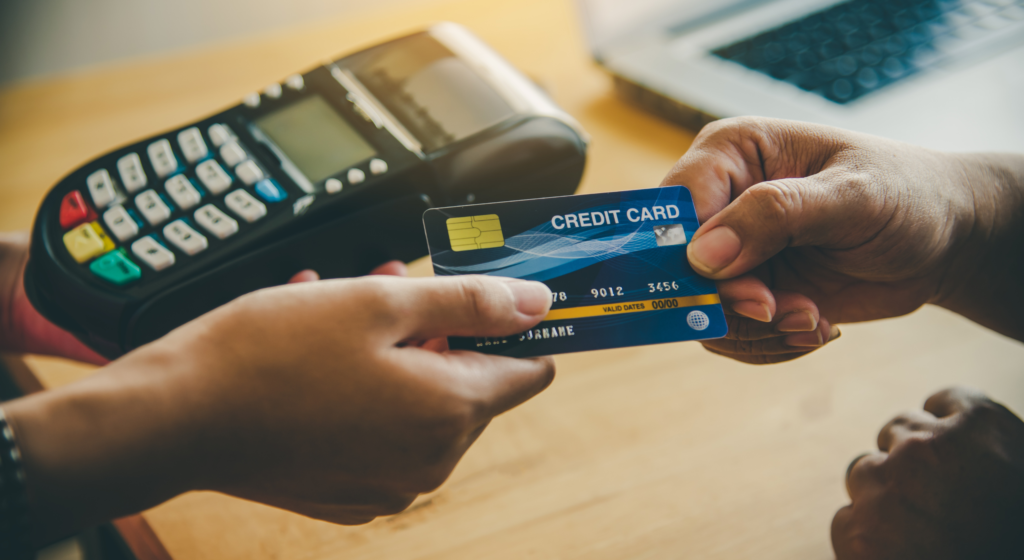
Home / Blogs Table of contents The Benefits of Contactless Payments The Future Outlook Conclusion As India advances in its digital transformation journey, the payments landscape is rapidly evolving. Over the past decade, driven by smartphones and government initiatives like Digital India, the financial ecosystem has seen significant shifts. One of the most notable changes […]
Revolutionising Transit within India: Pure NCMC Cards for Effortless Mobility
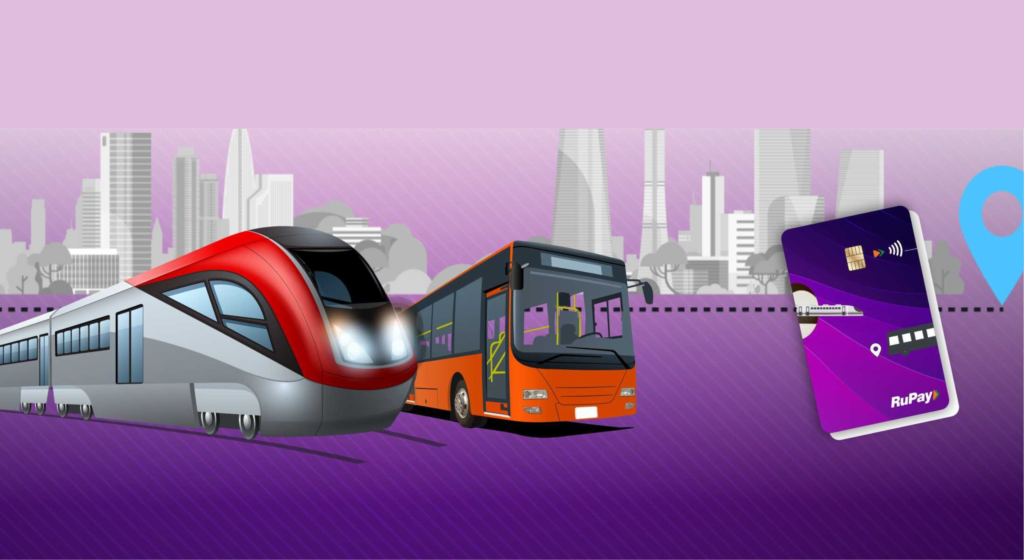
Home / Blogs Table of contents Introduction Streamlining Travel Payments with Stand-alone NCMC Cards Effortless Payment Process with Pure NCMC Cards Transforming Travel with Pure NCMC Cards In India, where millions rely on public transportation for their daily commute, the introduction of the Pure National Common Mobility Card (NCMC) is a game-changer. The Pure NCMC […]
The Rising Trend of Cashless Payments
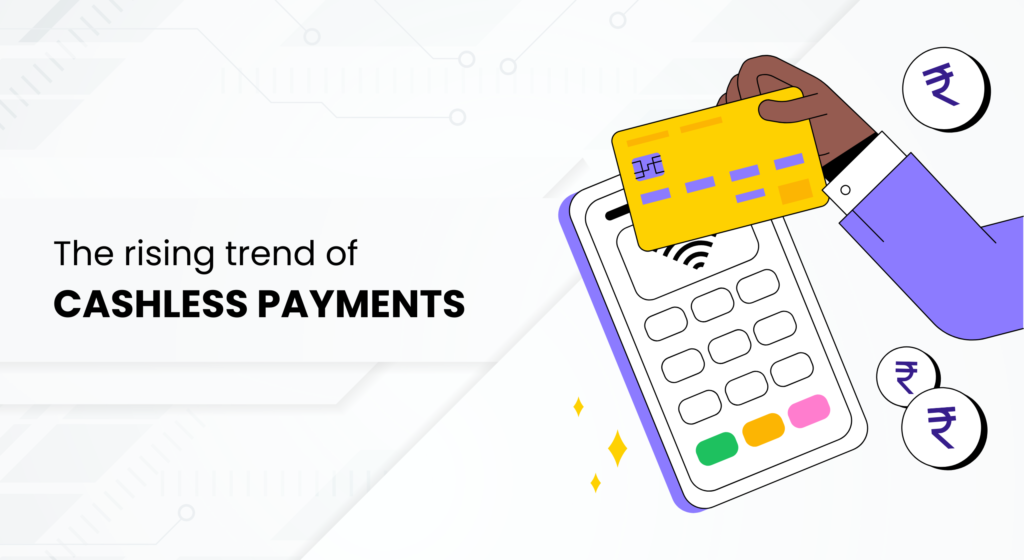
Home / Blogs Table of contents Introduction Key Benefits Conclusion In recent years, the world has witnessed a remarkable surge in the adoption of cashless payment methods. Cashless payment refers to any transaction that does not involve physical cash and utilises electronic methods to transfer funds. This can include various forms such as credit or […]
Digital Payments: Revolutionising India’s Financial Landscape
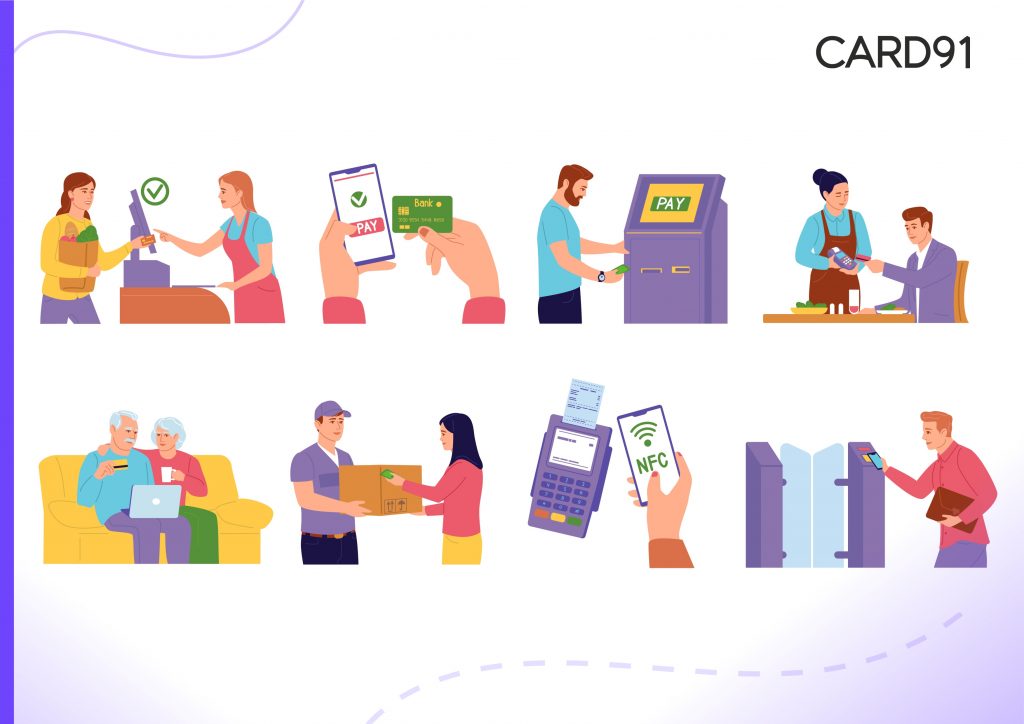
India has experienced a remarkable evolution in its digital payment landscape in recent years. The swift proliferation of smartphones, internet connectivity, and government initiatives such as Digital India, Unified Payments Interface (UPI) NEFT/IMPS, Prepaid Cards/Wallets/Contactless Payments, e-RUPI, CBDC, AEPS, Open Banking/API Integration has significantly contributed to the expansion of digital payment methods throughout the nation. […]
CBDC: Analyzing the nascent experience in China, Nigeria, and Sweden

The Reserve Bank of India (RBI) will debut the Digital Rupee in the Financial Year 2022-23, according to the Hon’ble Finance Minister of India’s Union Budget Speech on February 1, 2022. Meanwhile, China’s e-Yuan, currently in pilot mode, had its global premiere at the Beijing Winter Olympics 2022 when most foreign athletes got to experience […]
Will the internet-free digital payments UPI Lite take off in India?

What is UPI Lite? The National Payments Corporation of India (NPCI) is working on a new solution called UPI Lite that will allow small digital payments to be made without the need for an active internet connection. The RBI announced on January 5 that digital payments of up to ₹200 could be made without […]
Tokenisation: Creating a stir in the Payments Industry
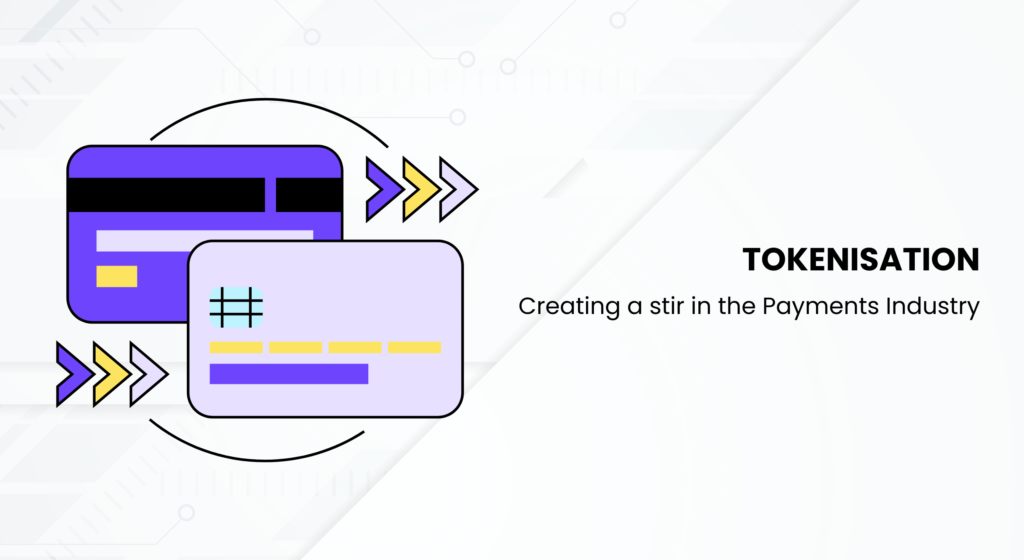
Home / Blogs Table of contents Introduction What is Tokenisation How does it work Tokenisation Vs Encryption In today’s world, increasing online frauds and cyberattacks are causing security and trust issues among the general public in the adoption of digital payments, and these data security issues have become a major concern for online service providers. […]
What are the new RBI norms with regard to recurring card payments? – All you need to know

Have you recently started receiving mails/SMS from various banks and service providers asking to re-register your e-mandates for automated payments such as OTT, newspaper subscriptions, etc?. This is because of the new RBI guidelines with regard to recurring transactions, coming into force from October 1, 2021. What are these new RBI norms? In […]
What is PPI? How can a business benefit from PPI?

PPI stands for Prepaid Payment Instrument, PPI is a method that facilitates the purchase of goods and services against the value stored on such instruments. The value stored on such instruments represents the value paid for the holder, by cash, by debit to a bank account, or by credit card. The prepaid instruments can […]
What’s the Next Step in the Payment Industry for addressing Security Concerns?

Card industry has seen steady growth in the last two decades from EMV chip card (use a smart microchip to store data instead of mag stripe) payments to contactless payments, but security remains a big challenge for the industry. These concerns have led to innovations towards more reliable and secure technologies such as biometric card […]



